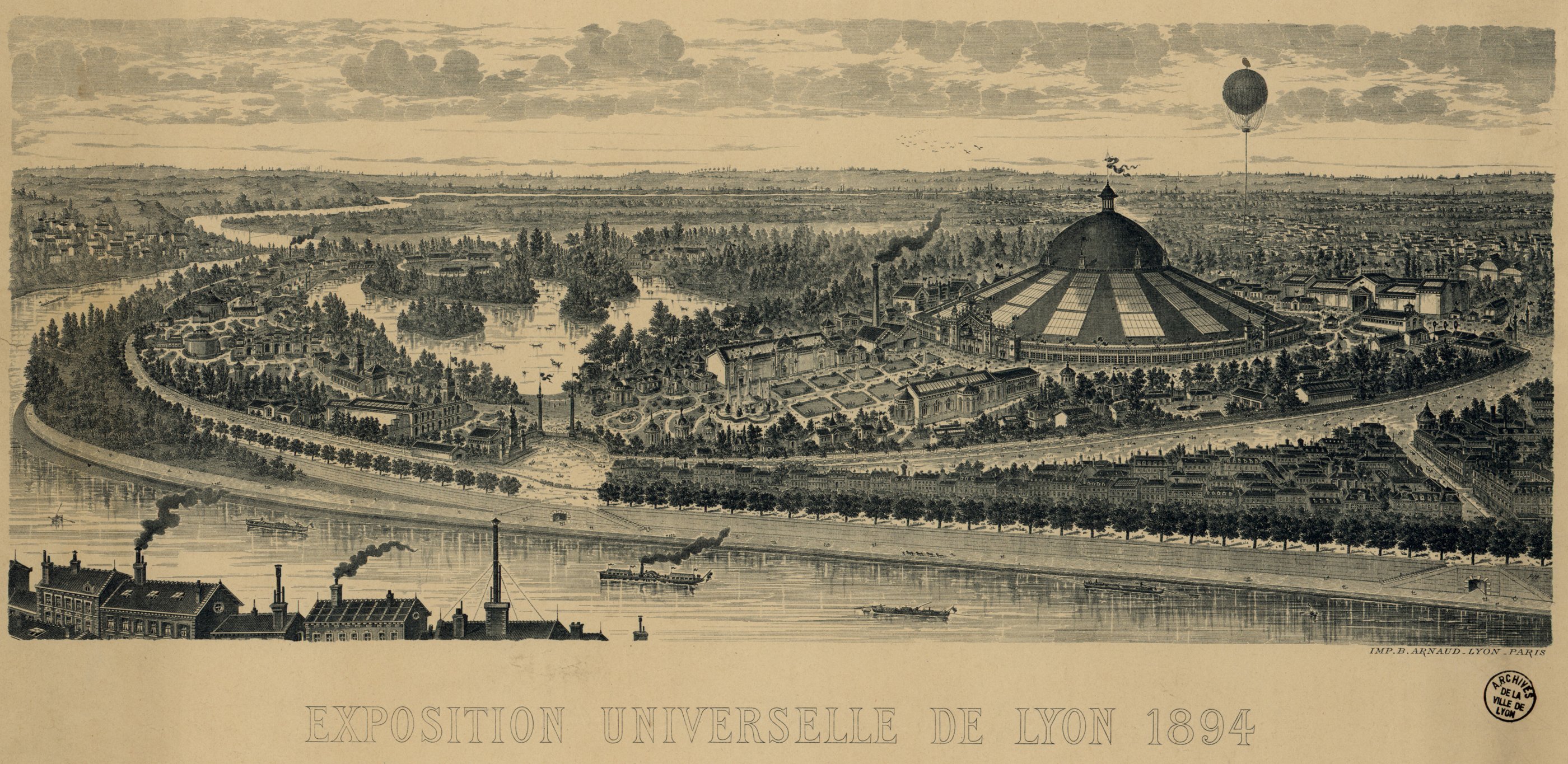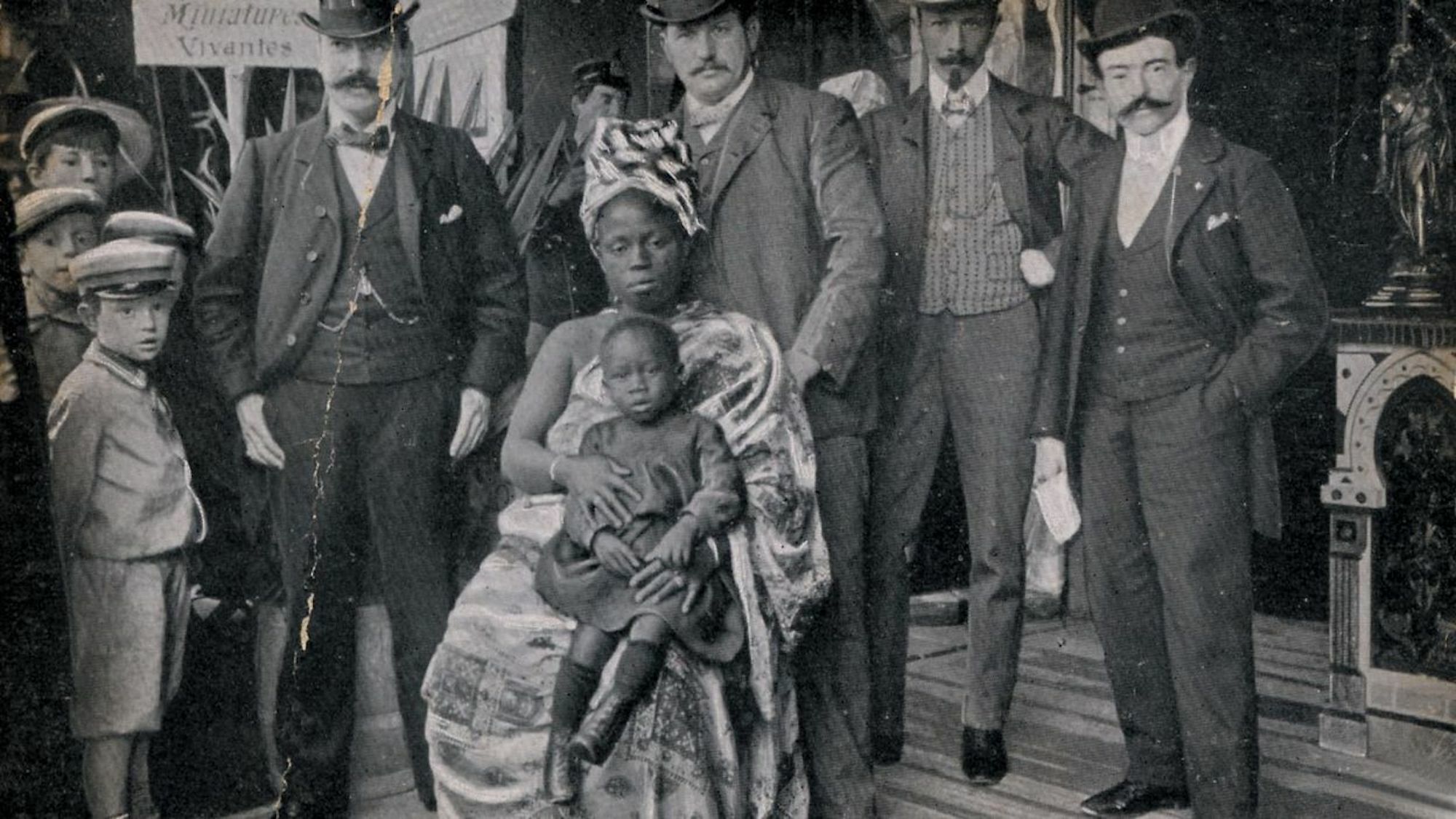A human zoo in the heart of Lyon
Set in the lush setting of the Parc de la Tête d'Or, the Lyon human zoo presented men, women, and children from French colonies, exhibited as exotic curiosities in recreated villages. This practice, both dehumanizing and racist, involved showing these individuals in a stereotyped and primitive light, reducing them to mere objects of spectacle.

A distressing spectacle of human exploitation
If the exhibition was a success in terms of attendance, it also sparked a lively controversy. Voices were raised, especially among intellectuals and anti-colonial activists of the time, to denounce this degrading and humiliating staging. The human zoo was perceived as a blatant manifestation of racism and ethnocentrism, reinforcing harmful stereotypes about the "savages" of the colonies.

Could a commemorative plaque soon be installed in Parc de la Tête d'Or?
Today, over a century later, the debate surrounding this dark chapter of our history is still ongoing. Associations, such as the Africa 50 collective, are advocating for this reality not to be forgotten or hidden. Christophe Amany, a member of the collective, argues for the installation of a stele or commemorative plaque in the park to educate visitors about this less than honorable chapter of our past. It is about acknowledging these mistakes to better learn from history and prevent the repetition of such actions. Because while the Lyon Universal Exposition of 1894 was supposed to celebrate progress, it also highlighted regressive aspects of society at the time.
Source: Lyon Demain
